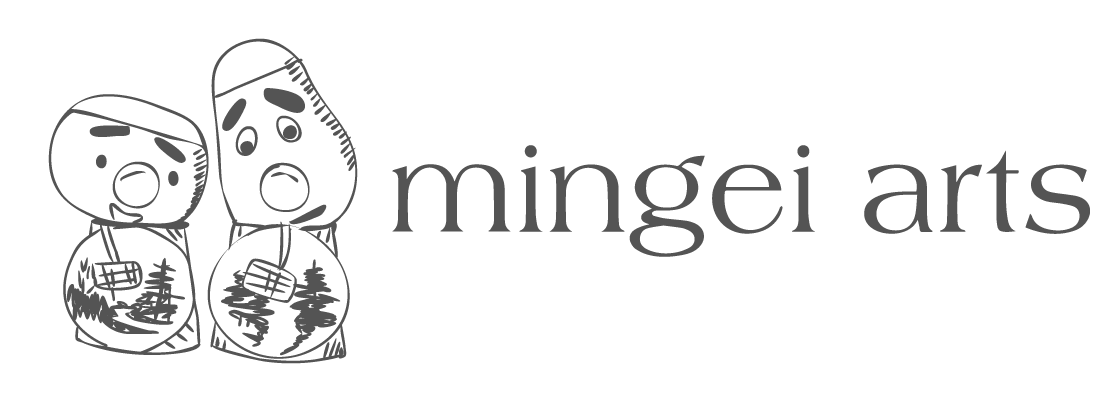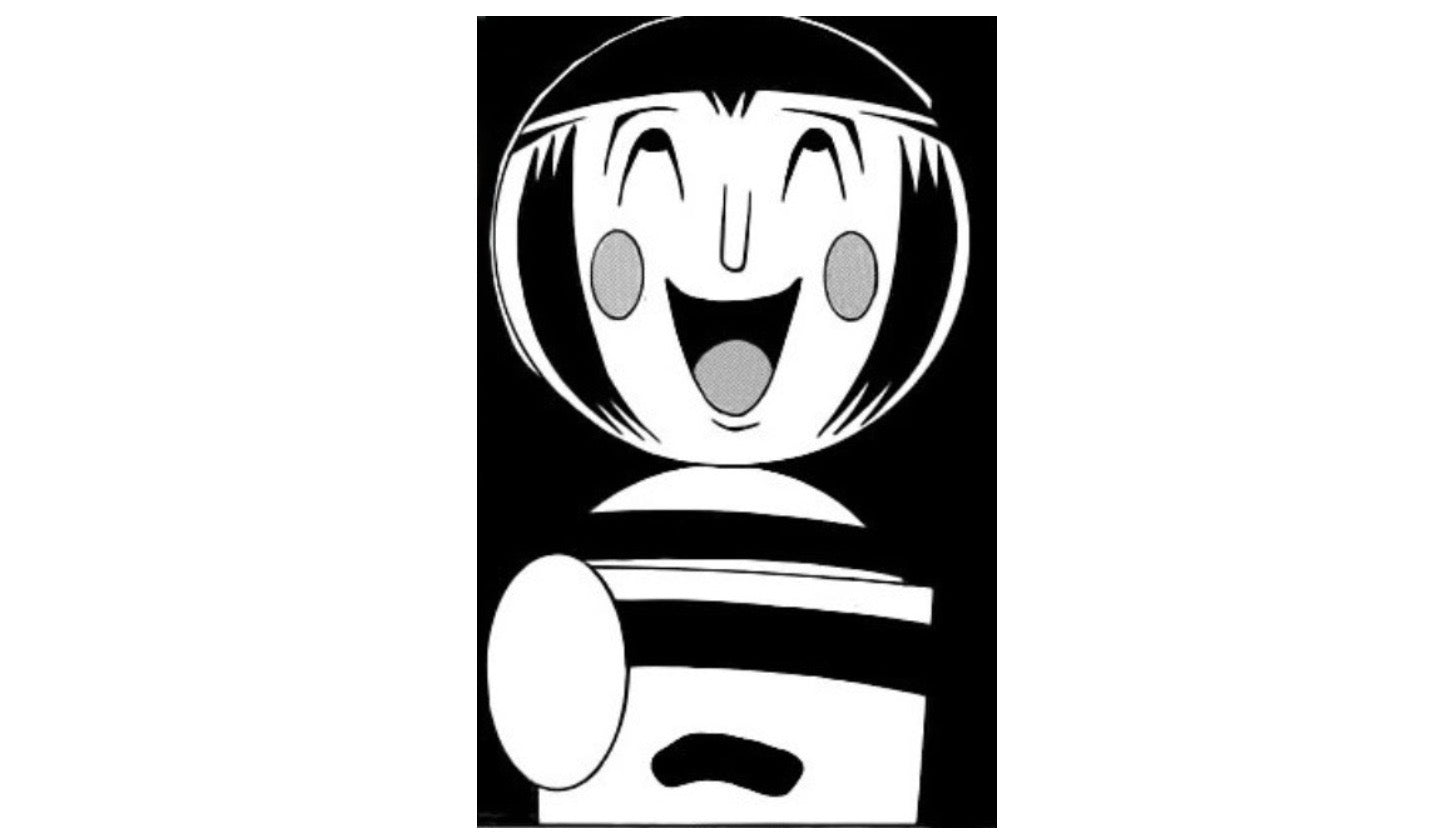The evolution of an art form is precipitated by a complex interplay of factors, cultural shifts, social changes, and the emergence of new ideas and artistic voices; all of which lead to experimentation and innovation.
After our first book entitled: Kokeshi: Wooden Treasures of Japan, was published we had the opportunity to work with Maria Kwong, an extremely insightful curator of the Museum Gallery at Japanese American National Museum (2009, JANM). She coordinated an exhibit entitled From Folk Art to Art Toy, with Christina Conway, and encouraged our meeting with colleagues at the GIFU Kokeshi Association. They, in turn, shared their insights about the evolution of Kokeshi with us, which now reflects new values and experiences seen by the younger art community. Since then, changes have led to new artistic visions and styles we see throughout Japan and Western countries.
The emergence of the 21st century is characterized by a shift away from traditional styles to a more abstract, experimental approach to creating works of art. Even contemporary Kokeshi artists have been pushing the boundaries of established new forms. They are experimenting with new techniques, and manipulating finishes, leading to the emergence of new three-dimensional forms, and shaping the evolution of the craft along with new artistic styles, Kokeshi artists are also playing a role in preserving their cultural heritage, and promoting artistic diversity among new and younger highly-gifted individuals.
The story of Kokeshi is wide and varied, yet far from finished. The sheer diversity of Kokeshi craftsmen, and doll myths would provide a lifetime of study and entertainment. Their story started in the 40s, continued into the seventies, and still today, there are contemporary versions and variations of the old traditional Kokeshi being produced. Art and cultural historians often focus their attention on the traditional and contemporary subjects that formed the basis of the original craft, even after the rebellion by the Master Craftsmen early on. Today, artisans are experimenting with strange and unconventional subjects and details which we are now seeing in the new evolution of Kokeshi. Mingeiarts is an ardent lover of Traditional and Sosaku Kokeshi, and we have watched the changes in motif as well as the manipulation of what was once a piece of wood, with the end product always being celebrated.
When we opened our gallery and began collecting Kokeshi, we continued to watch the many different interpretations, some wonderful, some bad, and some unrecognizable from the Kokeshi produced by the Masters, their apprentices, and now the newcomers to this creative art. Most recently, we asked our subscribers to identify their favorite and most treasured Kokeshi and why. Out of that request we had many asking us the question “What is Kokeshi?”, for opinions differ greatly from both experienced collectors and those who love the simple lathe-turned-limbless doll. Additionally, our thanks go out to Madelyn Molina of KokeshTrends for all her inspirational writings keeping the Kokeshi collector in touch with this evolving art discipline.
So in this article, we share with you a few images that continue to emerge over thirty years in search of the unique and unusual. Creativity, in our minds, is a balance between craft, art, and the manipulation of materials including, the basis for motif, and the associated medium. The question we ask ourselves today is based on seeing that art and craft is not always a product of creativity…or is it? We think humans possess a strange need to associate certain and meaningful explanations with everything seen. Even so, it often can be beneficial to take a step back from explanation and simply enjoy the unique and unusual created by a diverse number of artists who represent a blending of new forms and ideas. My final point looks at a new source of information now being developed, which is based on a traditional subject that has always been focused on customs and tradition. Today we may have a new influencer… AI, and question whether or not it has the ability to describe imaginary artworks based on traditional customs and lifestyle.




